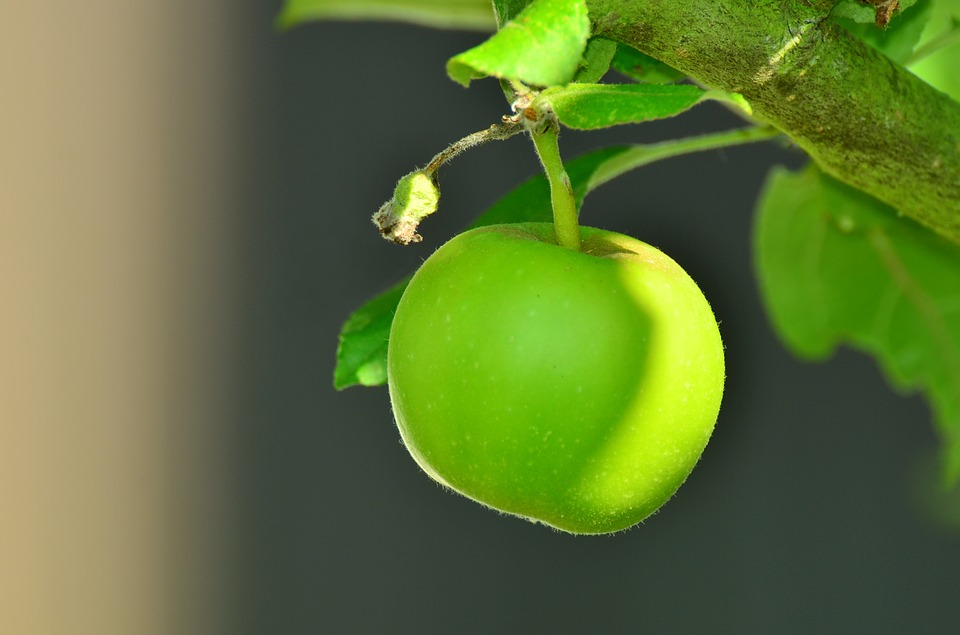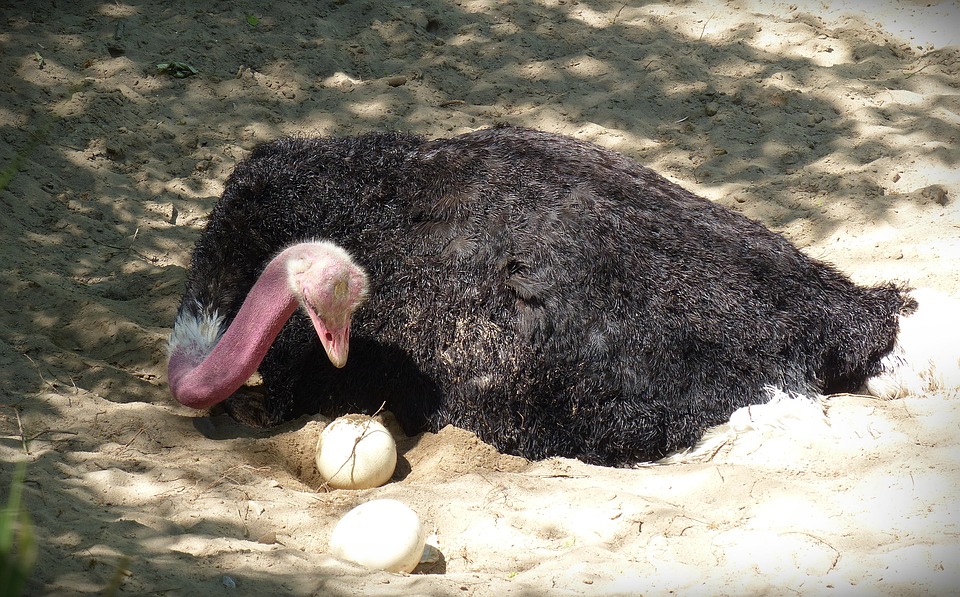Curative effects of apples
In the last decade, many studies have found a wealth of positive effects that apples have on human health. Apples are not delicious but they are also a great fruit to eat for your health. Adding apples to your daily diet is a very simple way to combat oxidative stress, inflammation, diabetes, heart disease, asthma, Alzheimer’s disease and cancer. This is what my post about today.
- Antibacterial activity
Apples can have a very strong antibacterial impact against gram-positive bacteria, such as staphylococcus, epidermis, subtilis bacilli and gram-negative bacteria, and proteu myrabilis. In addition to the apples themselves, apple tree bark also has antibacterial and antimicrobial properties. It was found that both the fetus itself and the cortex inhibit the activity of various bacteria and thus, prevent the occurrence of diseases caused by bacteria and microbes. This property of apples and the tree bark may be associated with an abundance of polyphenols and flavonoids.
- Diarrhea and dysentery
Apples are effective against diarrhea. Apples reduce stool wateriness and its frequency. Thus, apples can be used as an effective tool in the treatment of diarrhea and dysentery. In addition, apples are also useful in the treatment of hemorrhoids, flatulence and vomiting.
- Diseases of the bronchi
Apples have a bronchodilar effect, that is, they reduce resistance to the breathing process and expand the bronchi and bronchioles. This effect helps in easing breathing and reduces the overall stress caused by lack of air.
A recent study showed similar effects when using apple extracts with an anti-asthma drug. The effect caused by the apples is explained by the presence of flavonoids, polyphenols, glycosides, saponins, tannins and alkaloids. Thus, it can be said that apples are just as effective as the medicines used in the treatment of asthma, so people with asthma should eat them.
- Liver damage
Carbon tetrachloride is a harmful substance that causes damage to the liver. It produces a lot of free radicals and increases stress due to oxidative stress, which, in turn, causes liver damage.
Studies have shown that apple pulp helps reduce the production of free radicals and reduces overall oxidative stress. This beneficial effect of apples is due to their high antioxidant potential. Antioxidants present in this fruit, remove free radicals and reduce lipid peroxidation (a process in which free radicals cause lipid degradation and, therefore, cause damage).
Apples improve liver function and reduce the level of liver enzymes, which usually increase with liver damage. In addition, apples also showed an increase in antioxidant enzymes and an improvement in the overall condition of the liver cells.




